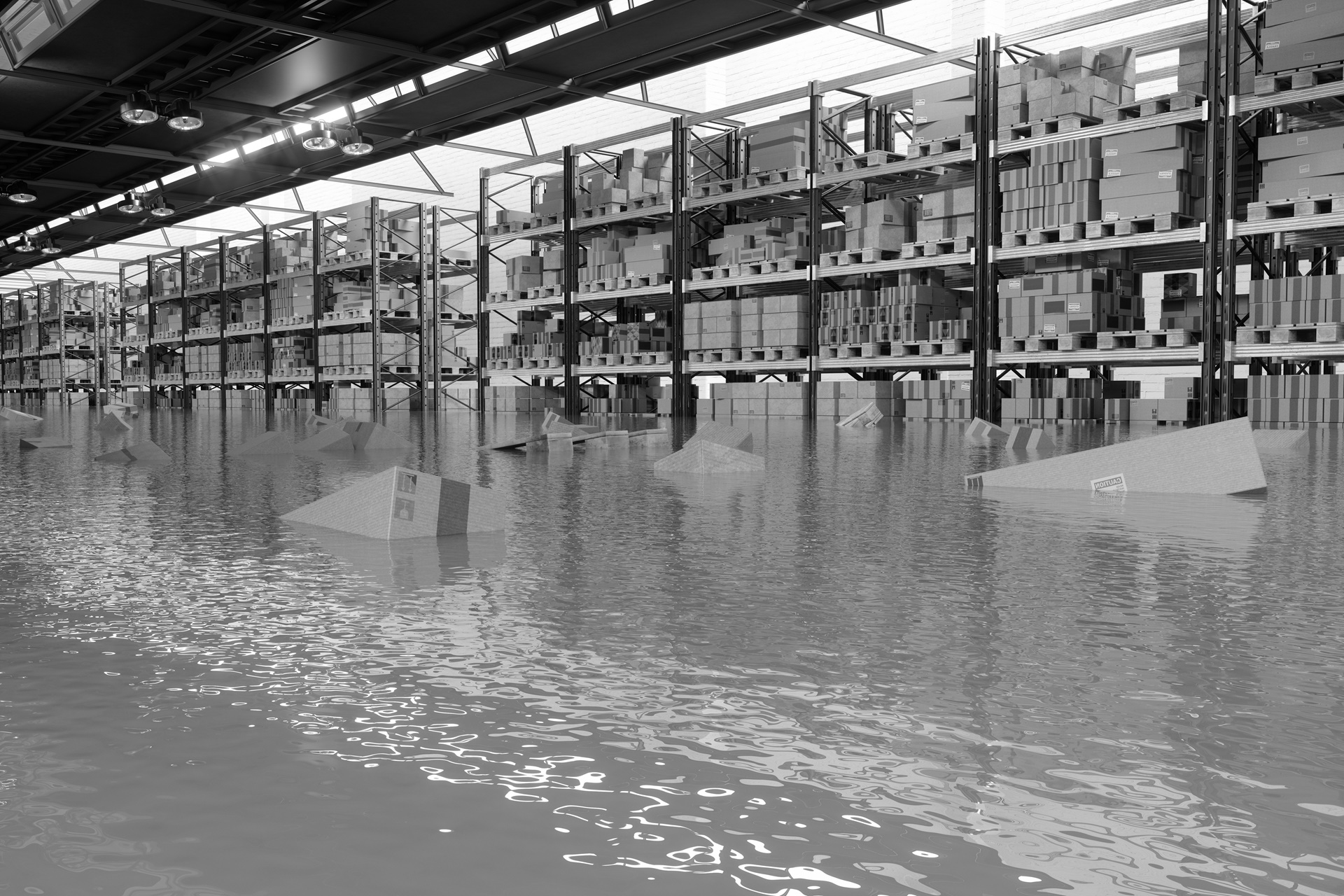With the official start of the 2021 hurricane season rapidly approaching, flood insurance inquiries are surging in a red-hot real estate market. However, as many new and existing home and business owners gear up to shop for the policy that provides them the largest rate relief, it is imperative to understand the limitations of both standard NFIP flood insurance policies and many private flood insurance providers as well. Understanding these limitations and offering potential solutions to combatting out-of-pocket expenses will be key to retailers capitalizing on the flood insurance marketplace.
Very few home/business owners realize their true flood risk, let alone read their insurance policy, so it isn’t until they suffer a loss that the limitations of a standard flood-insurance policy present themselves. These coverage limitations lead to numerous out-of-pocket expenses that the policyholder is forced absorb, which becomes doubly frustrating to an insured who already thinks they shouldn’t have to carry flood insurance.
Education is key to avoiding frustration. Use the below list as a conversation starter to ensure your clients are aware of the limitations they face with a standard flood-insurance policy.
Exclusions to standard flood-insurance policies
- No coverage for loss of business income
- No coverage for loss of rental income
- No coverage for loss of use of the building
- No coverage for additional living expenses
- No extra expense coverage
- No law and ordinance coverage
- No replacement of any similar installation or flooring that was NOT physically damaged.
- For example, if upper cabinets were not damaged by flood, but you must repair the lower cabinets, you are not entitled to claim money for the value of the upper cabinets even though you would need to replace them to match the bottom set.
- No landscaping of any kind, including land, trees, shrubs, crops, or lawns
- No self-propelled vehicles or machines, including their parts
- This includes all recreational vehicles including go carts, golf carts, etc.
- No aircraft or watercraft
- No animals of any kind, including pets
- No swimming pools (including hot tubs above or below ground)
- No fences, retaining walls, seawalls, bulkheads, patios, piers, bridges or docks
- No power generators
- No outdoor furniture of any kind
- No currency, coins, bills, deeds, evidences of debt, stored value cards, securities, manuscripts or other papers.
- No underground structures and equipment such as septic tanks or wells.
- No containers, including related equipment such as tanks containing gas or liquids.
- No open structures (such as boat houses)
- No other structure on the property besides a detached garage for a dwelling
- This is also limited to only 10% of the coverage A limit and is deducted from the total limit of the policy.
- No personal property in basements or enclosures built after the flood maps became active in your area
- No coverage to test or monitor potential pollutants
- No power, heating, or cooling failures NOT due to the direct physical loss by or from flood
Limitations to standard flood-insurance policies
- Most policies are settled at Actual Cash Value (which factors in depreciation) instead of Replacement Cost Coverage, with no option to upgrade.
- Personal property is always settled at Actual Cash Value (which factors in depreciation)
- Valuables are limited to $2,500
- These are NOT valued at replacement cost
- This includes (but not limited to): jewelry, collectibles, firearms, family photos, designer clothing, electronics, silverware/fine dining wares, artwork, antiques (functional value only), rare books, autographed items, precious stones, and furs
- There is limited coverage to basements and enclosures built after the flood maps became active in your area.
- This is limited to : Central air conditioners, cisterns, drywall for walls and ceilings, but only the cost of labor to nail it, unfinished and unfloated to the framing, electrical junctions, elevators, but ONLY installed prior to 1987, fuel tanks and the fuel in them, furnaces, heat pumps, stairways attached to the building, sump pumps, well water tanks, footings, foundations, or other anchoring systems
The length of this list is long and illustrates the dangers of simply going after the cheapest policy with flood. Whether home/business owners can understand their true flood risk or not, they should be aware of everything that would not be covered on traditional policies so they can make an informed decision about adding coverages or considering more robust products that are offered on the private market.
Conclusion
Paying less can wind up costing more when it comes to standard flood insurance. Familiarize yourself with the fine print so that you can educate your clients and help them protect what matters most.
One product that offers the most flexibility for helping a policyholder recover these “unforeseen” out-of-pocket expenses is called FloodFLEX and is available through Amwins and their subsidiary, TFIA (The Flood Insurance Agency). FloodFLEX is an additional loss settlement provision based on the building (Coverage A) claim amount after the application of the deductible. Offered as a percentage of the claim amount, FloodFLEX will pay out a separate and additional amount to the policyholder that can be applied to anything the insured wants, no questions asked!
For example: If the building suffers a $100,000 loss (after application of the deductible and any necessary depreciation expenses) and the policyholder had elected to purchase a 50% FloodFLEX endorsement, the insured would receive two separate payments: One payment for the $100,000 loss to the insured’s building and a second payment for $50,000 that can be applied to anything, from paying down the deductible, to loss of use of the building, business interruption, loss of rents, repairing a seawall, repairing their fencing or landscaping, or - if the insured was lucky enough to limit their out-of-pocket expenses - they can put the money in the bank! It truly is the policyholder’s money and they can use it in any way they see fit!


